India Successfully Launches Chandrayaan-3 Mission, Aims for Controlled Moon Landing
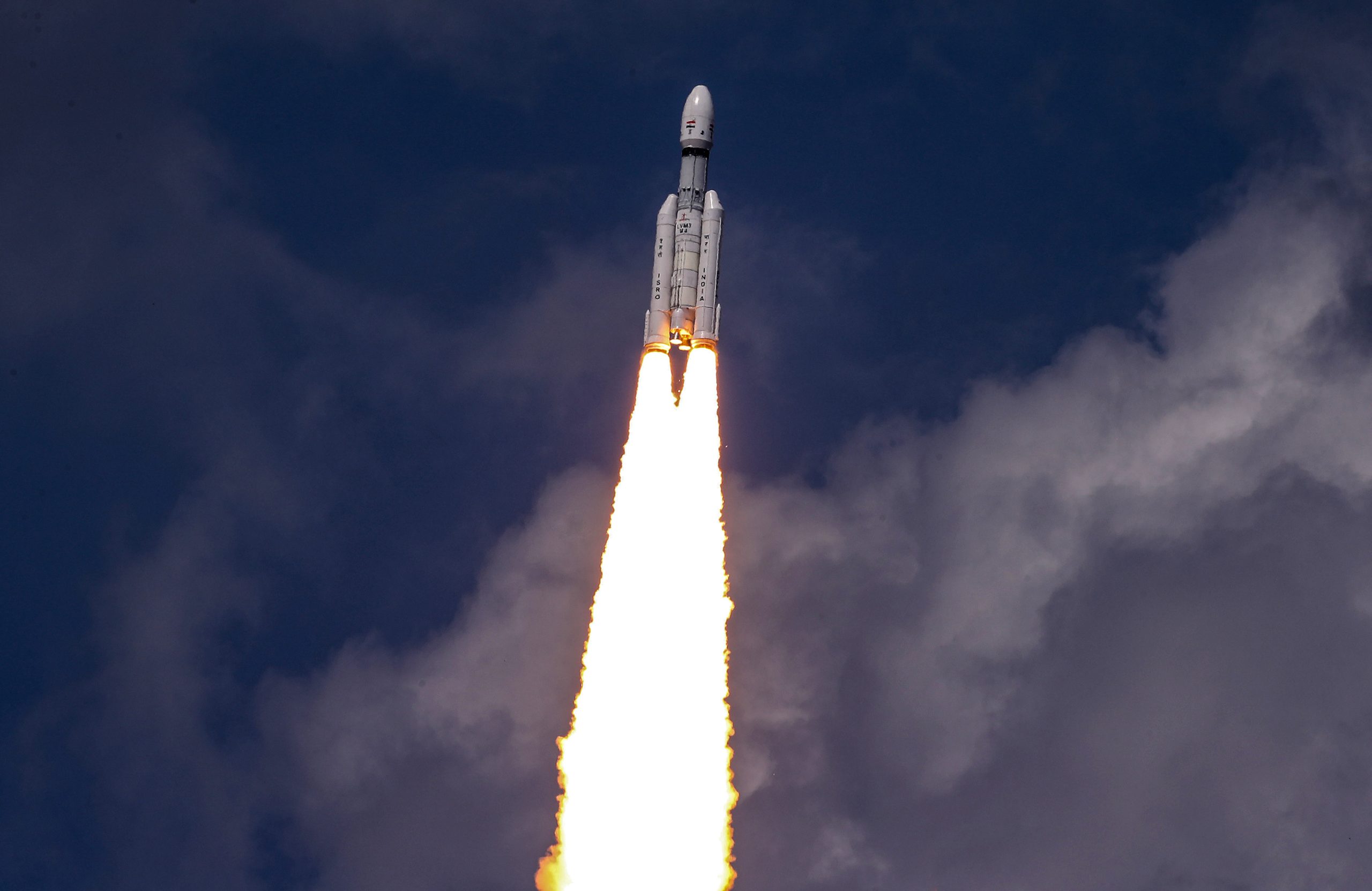
London— India is making a bid to become the fourth country to achieve a controlled landing on the moon with its Chandrayaan-3 mission. The spacecraft, named after the Sanskrit term for “moon vehicle,” was successfully launched from the Satish Dhawan Space Center at Sriharikota in southern Andhra Pradesh state. The launch took place just after 2:30 p.m. local time (5 a.m. ET). Crowds gathered at the space center to witness this historic event, and more than 1 million people tuned in to watch the launch on YouTube.
Shortly after the launch, the Indian Space Research Organization (ISRO) confirmed on Twitter that Chandrayaan-3 had entered a “precise orbit” and had begun its journey to the moon. The organization further stated that the health of the spacecraft was normal. Indian Prime Minister Narendra Modi took to Twitter to express his pride, stating that Chandrayaan-3 marked a new chapter in India’s space exploration. He commended the dedication of the scientists involved and praised their spirit and ingenuity.
Chandrayaan-3 is expected to land on the moon on August 23, marking India’s second attempt at a soft landing. The previous attempt with the Chandrayaan-2 mission in 2019 was unsuccessful. In 2008, India’s first lunar probe, Chandrayaan-1, successfully orbited the moon before deliberately crash-landing on its surface.
The Chandrayaan-3 mission, developed by ISRO, comprises a lander, propulsion module, and rover. Its objective is to safely land on the lunar surface, collect data, and conduct scientific experiments to gain a deeper understanding of the moon’s composition. Achieving a successful soft landing would make India only the fourth country, after the United States, Russia, and China, to accomplish this challenging feat.
Indian engineers have been working on the mission for years, aiming to land Chandrayaan-3 near the demanding terrain of the moon’s unexplored South Pole. India’s previous lunar missions, Chandrayaan-1 and Chandrayaan-2, made significant contributions to lunar exploration. Chandrayaan-1 discovered water molecules on the moon’s surface, while Chandrayaan-2 successfully entered lunar orbit but experienced a rover crash-landing.
Prime Minister Modi expressed his belief that the launch day would be etched in golden letters in India’s space sector. India has allocated approximately $75 million to the Chandrayaan-3 mission, reflecting the country’s commitment to its space program and ambitions. Modi stated that the spacecraft would cover over 300,000 kilometers (186,411 miles) to reach the moon in the coming weeks.
India’s space program has a rich history spanning over six decades, from its humble beginnings as a newly independent and impoverished nation. Over time, India has emerged as the world’s most populous nation and fifth-largest economy. Under Prime Minister Modi’s leadership, the country has made significant strides in its space ambitions, symbolizing its rise on the global stage.
In 2014, India became the first Asian nation to reach Mars with the Mangalyaan probe, achieving this milestone at a fraction of the cost incurred by Hollywood in producing the movie “Gravity.” The country also holds the record for launching 104 satellites in a single mission. In 2019, India conducted an anti-satellite test, joining the elite group of countries that have achieved this feat.
India’s space sector has become a thriving industry attracting substantial investment, and global leaders, including US President Joe Biden, have expressed interest in collaborating with India in the space economy. ISRO has further proposed sending an orbiter to Venus, demonstrating India’s ambitious plans beyond the moon and Mars.
With the launch of Chandrayaan-3, India is poised to make another significant leap in its space exploration journey, aiming to contribute valuable scientific knowledge about the moon and solidify its position among the world’s spacefaring nations.






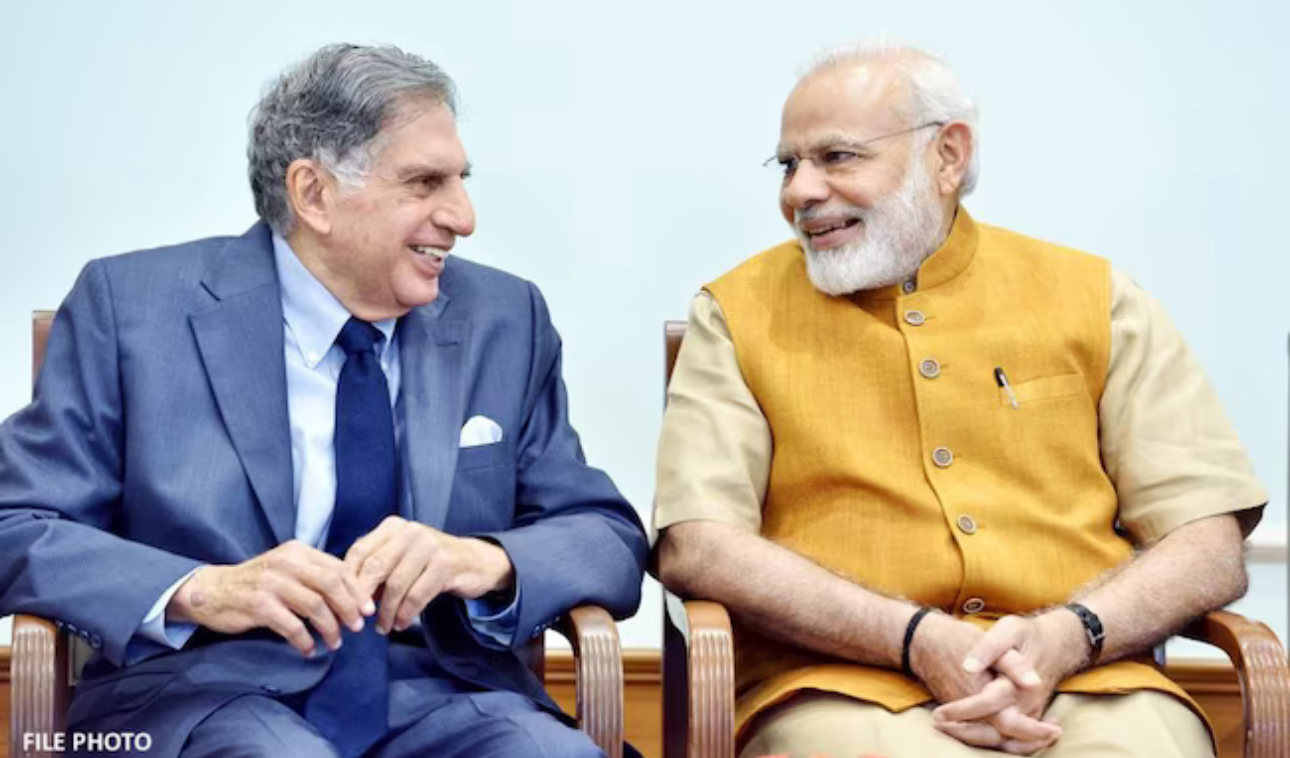


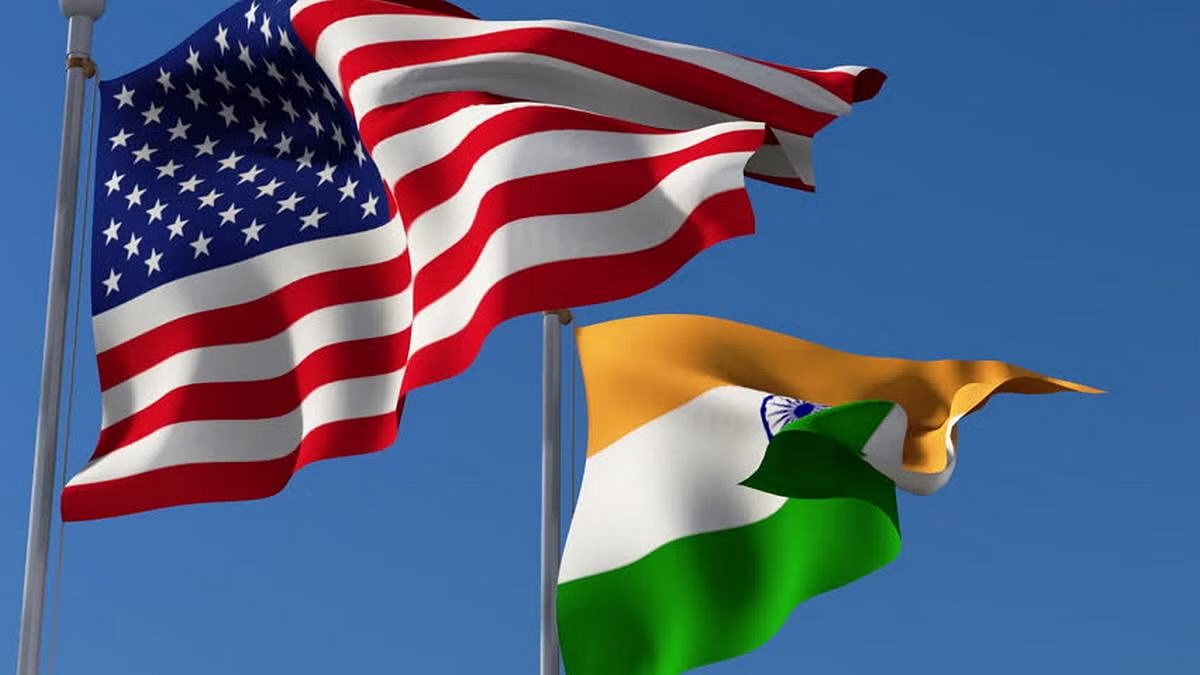

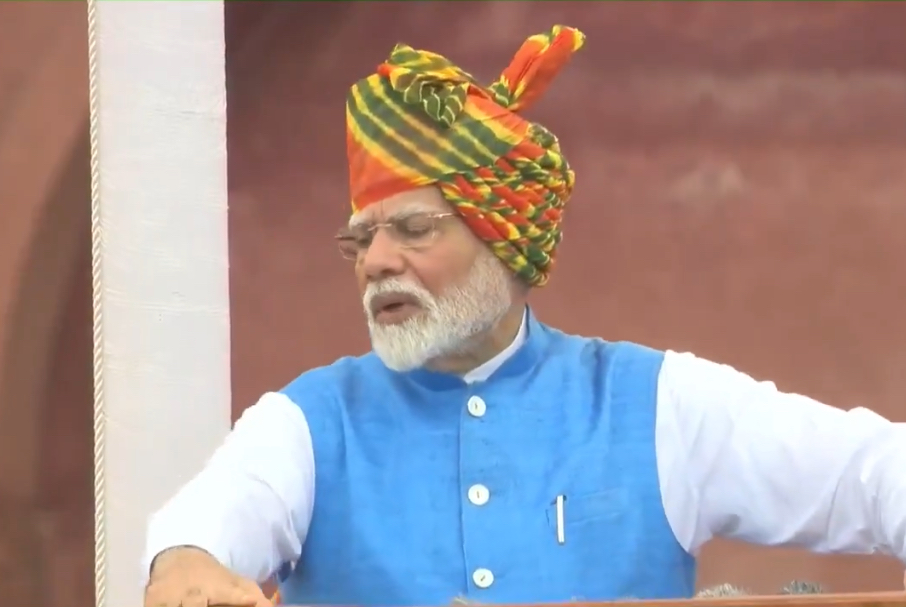

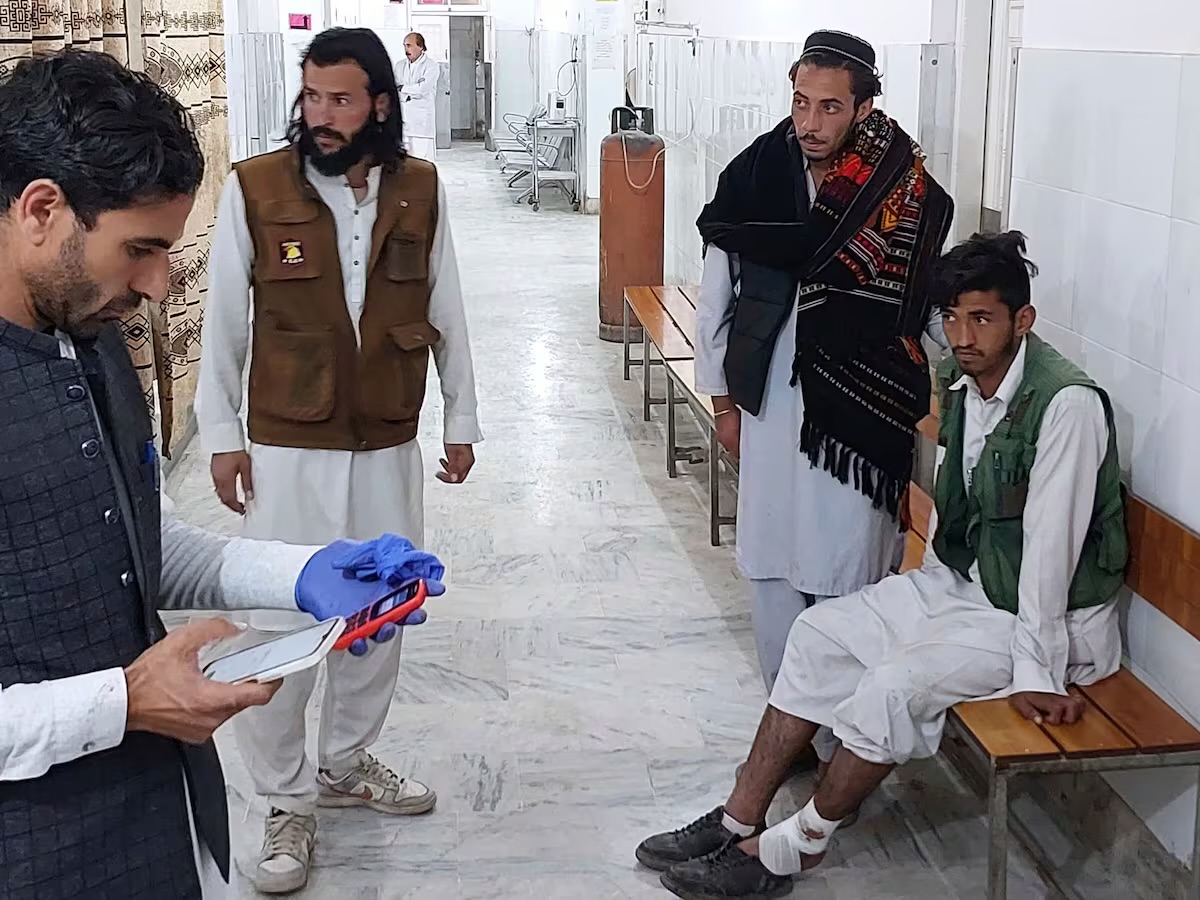
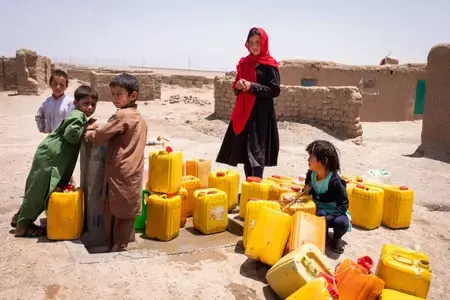




Facebook Comments